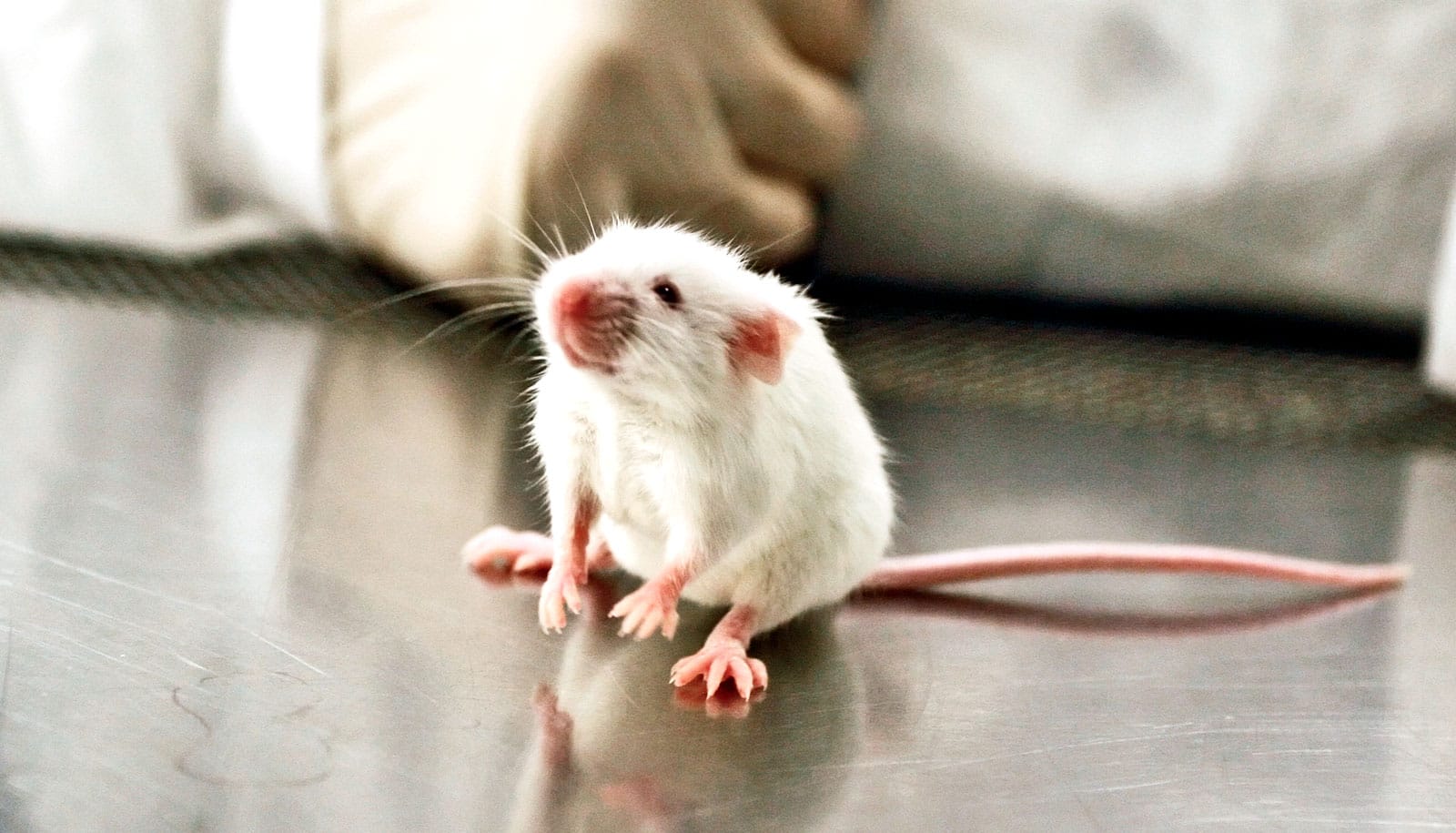The CRISPR gene editing technique may provide the means for lifelong correction of the genetic mutation responsible for Duchenne muscular dystrophy, a new study with mice shows.
Duchenne muscular dystrophy (DMD), a rare but devastating genetic disorder, causes muscle loss and physical impairment. Children with DMD have a gene mutation that interrupts the production of a protein known as dystrophin. Without it, muscle cells weaken and eventually die. Many children lose the ability to walk, and muscles essential for breathing and heart function ultimately stop working.
“Research has shown that CRISPR can be used to edit out the mutation that causes the early death of muscle cells in an animal model,” says Dongsheng Duan, professor in medical research in the molecular microbiology and immunology department at the University of Missouri School of Medicine and senior author of the paper in Molecular Therapy.
“However, there is a major concern of relapse because these gene-edited muscle cells wear out over time. If we can correct the mutation in muscle stem cells, then cells regenerated from the edited stem cells will no longer carry the mutation. A one-time treatment of the muscle stem cells with CRISPR could result in continuous dystrophin expression in regenerated muscle cells.”
For the study, researchers explored whether they could efficiently edit muscle stem cells from mice. They first delivered the gene editing tools to normal mouse muscle through AAV9, a virus that the US Food and Drug Administration recently approved to treat spinal muscular atrophy.
“We transplanted AAV9 treated muscle into an immune-deficient mouse,” says lead author Michael Nance, a MD-PhD program student in Duan’s lab. “The transplanted muscle died first then regenerated from its stem cells. If the stem cells were successfully edited, the regenerated muscle cells should also carry the edited gene.”
The researchers’ reasoning was correct—they found abundant edited cells in the regenerated muscle. They then tested if they could use CRISPR to edit muscle stem cells in a mouse model of DMD. Similar to what they found in normal muscle, the stem cells in the diseased muscle were also edited. Cells regenerated from these edited cells successfully produced dystrophin.
“This finding suggests that CRISPR gene editing may provide a method for lifelong correction of the genetic mutation in DMD and potentially other muscle diseases,” Duan says.
“Our research shows that CRISPR can be used to effectively edit the stem cells responsible for muscle regeneration. The ability to treat the stem cells that are responsible for maintaining muscle growth may pave the way for a one-time treatment that can provide a source of gene-edited cells throughout a patient’s life.”
With more study, the researchers hope this stem cell-targeted CRISPR approach may one day lead to long-lasting therapies for children with DMD.
Additional coauthors are from the University of Missouri, the National Center for Advancing Translational Sciences, Johns Hopkins School of Medicine, and Duke University. The National Institutes of Health, the Department of Defense, the Jackson Freel DMD Research Fund, Hope for Javier, and the Intramural Research Program of the National Center for Advancing Translational Sciences funded the work.
Source: University of Missouri


